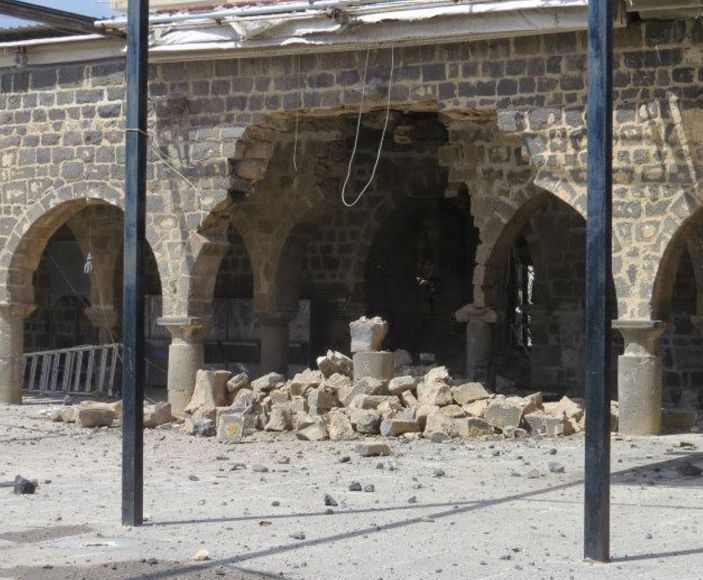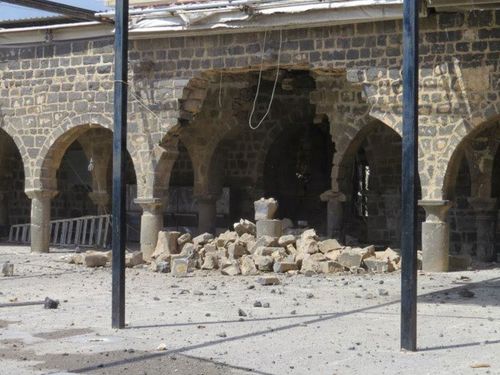
War and destruction, environmental damage, urbanisation and construction, ecological destruction and natural catastrophes endanger World Heritage sites. All sites classed as particularly endangered by the World Heritage Committee are added to the List of Endangered World Heritage (“Red List”), in accordance with Article 11 of the World Heritage Convention.
Of the 1,092 sites on the World Heritage List, currently 54 are in danger, including all six World Heritage sites in Syria, the Old City of Jerusalem and its Walls, the Bamiyan Valley in Afghanistan and, since 2017, the Historic Centre of Vienna, due to urban construction developments.
If the “exceptional universal value” of a World Heritage site is permanently damaged or ruined, removal from the list is a last resort. So far there have been two instances of this: In 2007, the World Heritage Committee decided that the “Arabian Oryx Sanctuary” should be removed from the list of World Heritage after Oman reduced the size of the protected area. In 2009, the cultural landscape of the Dresden Elbe Valley in Germany was removed due to the construction of a four-lane motorway bridge.

![[Translate to EN:] Schutz von Kulturgut bei bewaffneten Konflikten](/fileadmin/_processed_/9/3/csm_BlueShield_673593bcec.jpg)

